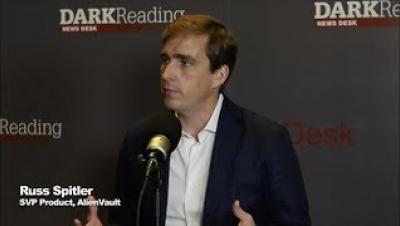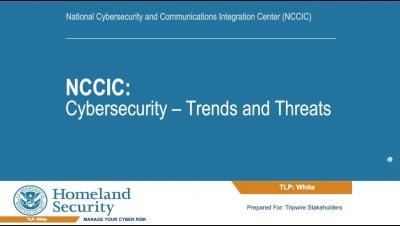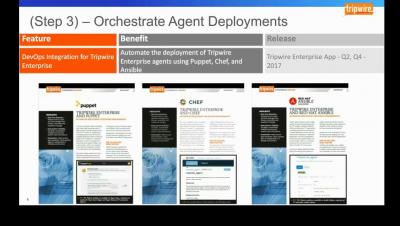TLS v1.3 is here
Recently, when discussing Chrome’s current push to get everyone onto HTTPS, we touched upon the TLS handshake, mentioning that the latest version of TLS was version 1.2. Since then, TLS version 1.3 has been made available for use, successfully dating our literature that was previously held with such high esteem. Of course, TLS v1.3 still has to be adopted and implemented by the Internet in general, so for the most part 1.2 will still be the most prominently used version for a while yet.










